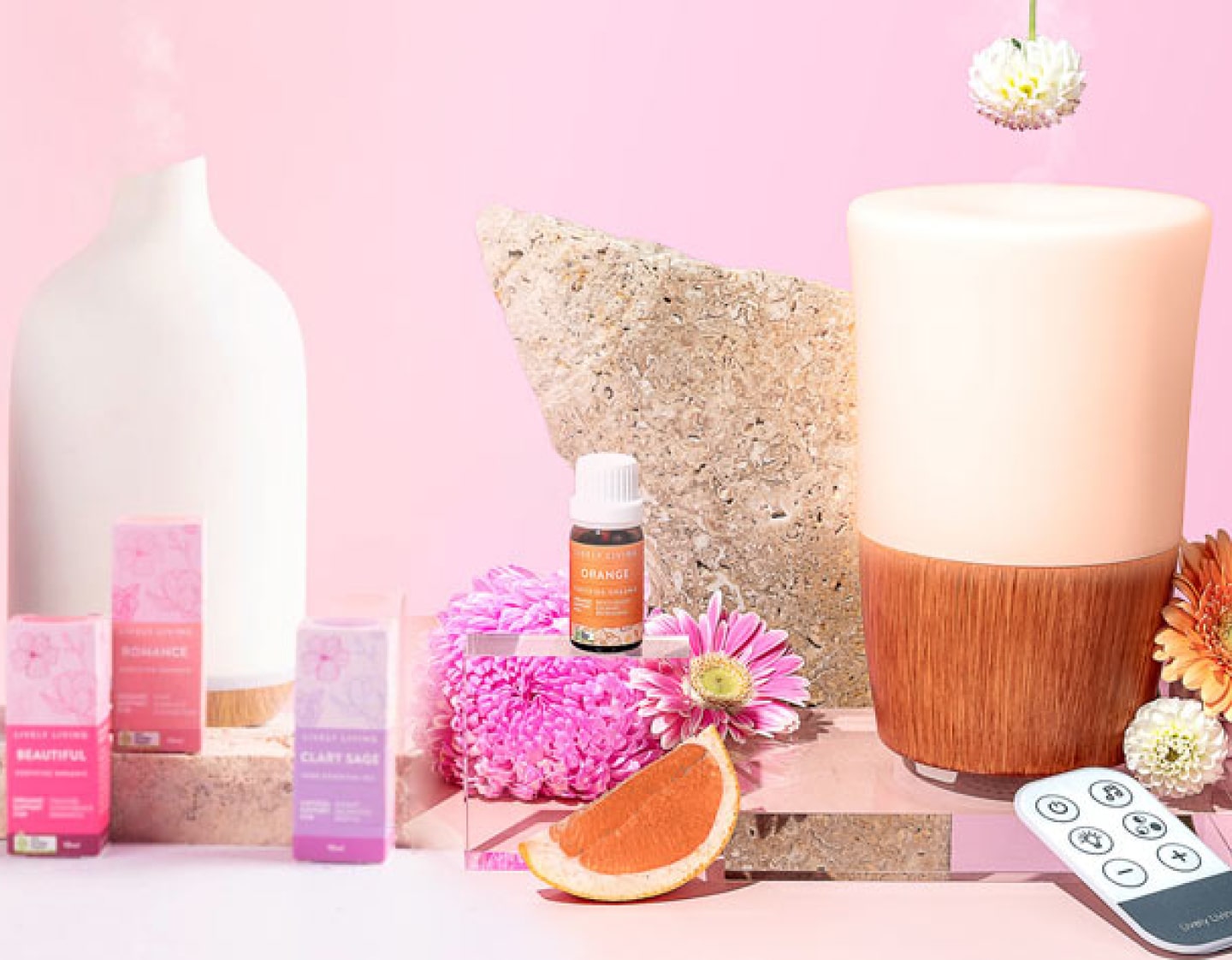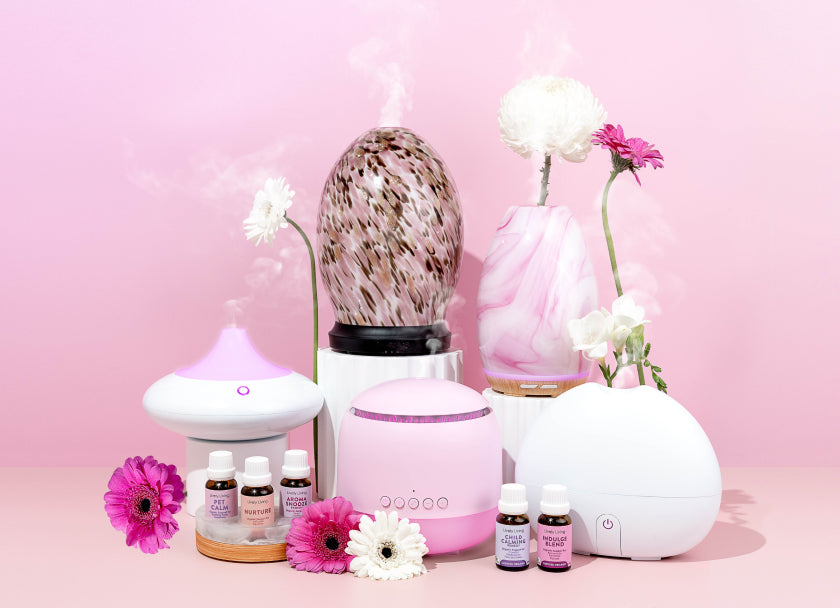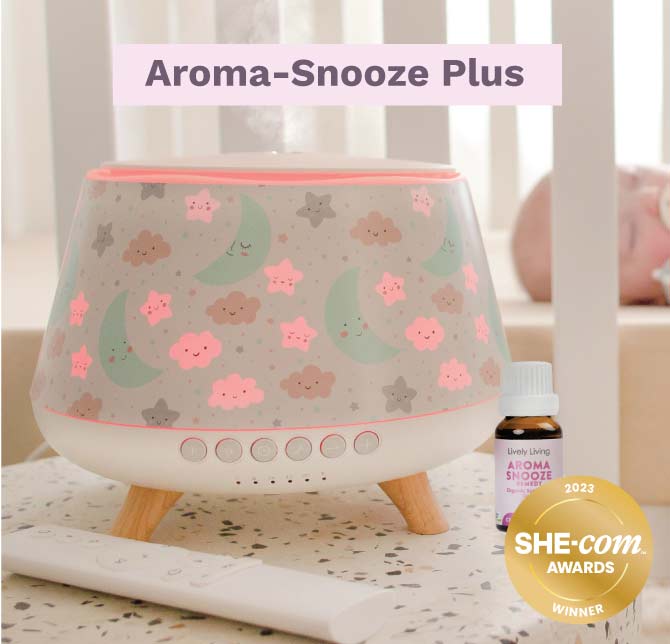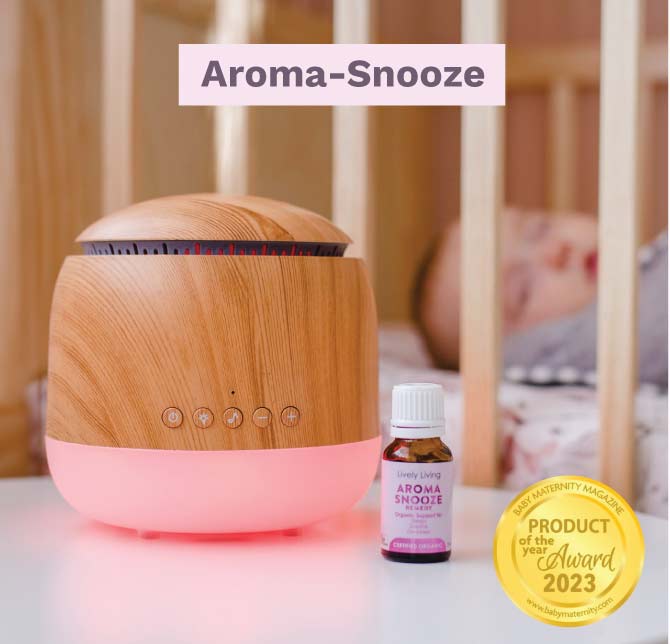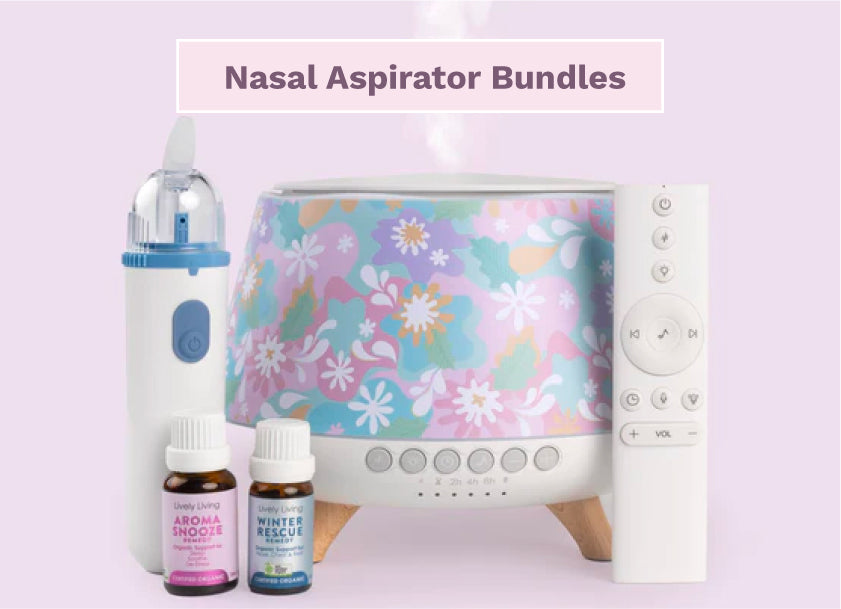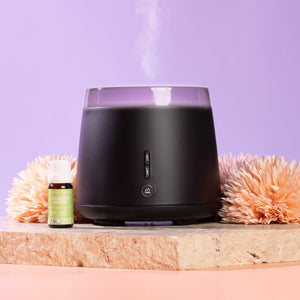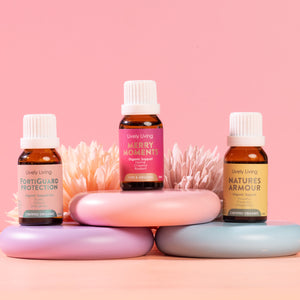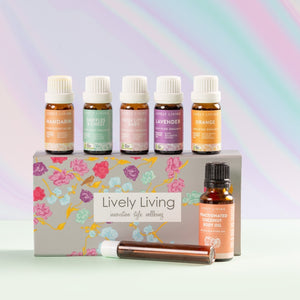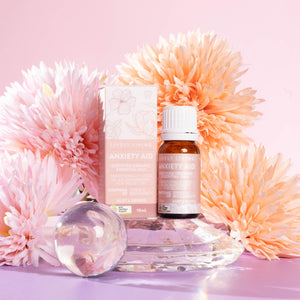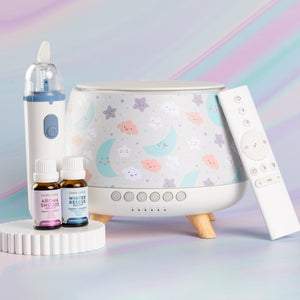Optimizing Your Environment for Maximum Relaxation: A Guide
Your home should be your sanctuary. But does it always feel that way? After a long, stressful day, you walk in the door hoping to feel peace, but instead, you're greeted by chaos and a racing mind. This is where truly understanding the process of Optimizing Your Environment for Maximum Relaxation comes into play.
It's about making small, intentional changes that completely transform how your space feels and supports your well-being. By focusing on your senses, you can craft a home that actively helps you decompress and recharge. Let's talk about how Optimizing Your Environment for Maximum Relaxation is not just possible, but surprisingly simple to start.
Table of Contents:
- First, Let's Address What You See
- Creating a Calming Soundscape
- Optimizing Your Environment for Maximum Relaxation With Scent
- Focusing on the Sense of Touch
-
Bringing a Bit of Nature Inside
- Crafting the Ultimate Sleep Sanctuary
- Conclusion
First, Let's Address What You See
What you see first when you enter a room sets the tone for your mood. If your visual field is cluttered and jarring, your mind will feel the same way. A calm visual landscape is the foundation for a peaceful home.
Tackle the Clutter Monster
It's almost impossible to relax in a messy space. Studies from institutions like the Mayo Clinic have shown a direct link between high cortisol levels and homes with a high density of objects. That feeling of being overwhelmed isn't just in your head; it's a real physiological response to your surroundings that can negatively impact your mental health.
But you don't need to declutter your entire house this weekend. Just pick one small spot, like a single shelf or your coffee table. Clear everything off, wipe it down, and only put back what you truly love or need; this can immediately improve your energy levels.
This small victory can motivate you to keep going. A tidy physical environment contributes to a clearer mind, making it easier to enhance focus and let go of the day's worries.
Paint Your Way to Peace
Color has a powerful effect on our psychology. Bright, loud colors like red can be stimulating and even increase your heart rate. But cool, muted tones can have the opposite effect, actively promoting relaxation.
Think about incorporating colors found in nature. Soft blues, gentle greens, and warm grays can create a calming backdrop for your life. These colors often promote feelings of serenity and stability, helping to support mental calm.
You don't have to repaint everything. Even a few new pillows, a throw blanket, or a piece of art can shift the energy. The goal is to create a visual space that feels like a gentle hug, not a jolt to your nervous system.
Let There Be Natural Light
Humans are wired to respond to natural light. Proper light exposure helps regulate our circadian rhythms, which control our sleep-wake cycles. Getting enough sunlight exposure during the day can help you sleep better at night and boost your mood.
The simple act of letting sunlight flood a room can make it feel instantly more inviting and alive. It's also crucial to consider light in the late afternoon. As the day winds down, dimming your indoor lights can signal to your brain that it's time to start relaxing, preparing you for a restful evening.
Creating a Calming Soundscape
What we hear, or don't hear, has a huge impact on our nervous system. A constant barrage of external noise keeps us on high alert, elevating stress levels. You can take back control of your home's auditory environment.
Finding the Sound of Silence
Your ears need a break, too. Traffic, neighbors, and the constant hum of electronics create a layer of sound that we often tune out but that still contributes to our stress. You can actively work to reduce this noise pollution.
Heavy curtains can help muffle outside sounds. A simple white noise machine can mask distracting noises, making it easier to create a distraction-free space to focus or prepare for falling asleep.
Build a Relaxation Playlist
Music can change our mood in an instant. The right kind of music can slow your heart rate and lower your blood pressure. It is a powerful tool for reducing stress that you can use anytime.
Try putting your playlist on when you get home from work to help you transition into a relaxed state. Setting the right auditory tone can make a significant difference in how you experience your home. It's a simple change that supports mental well-being.
Optimizing Your Environment for Maximum Relaxation With Scent
Our sense of smell is directly linked to the parts of our brain that control memory and emotion. This is why certain smells can instantly transport us back to a specific moment. You can use this powerful connection to create a relaxing atmosphere.
The Power of Aromatherapy
Aromatherapy is the practice of using essential oils for therapeutic benefit. When you inhale the scent of an essential oil, the molecules travel to the limbic system in your brain. This system is heavily involved in controlling your emotions and mood.
Using scents to signal to your brain that it's time to unwind is a simple yet effective method. You can build an association between a specific calming scent and the feeling of relaxation in your home. This strengthens the sense that your home is a true refuge and can even function as a gentle sleep aid.
Choosing Your Relaxation Scents
Not all scents are created equal when it comes to relaxation. Some are stimulating, while others are known for their calming properties. Here are a few to get you started:
- Lavender: This is probably the most well-known relaxing scent. Numerous studies have pointed to lavender's ability to lower anxiety and improve sleep quality.
- Chamomile: Often found in sleepy-time teas, chamomile has a gentle, soothing aroma that can help calm the mind.
- Bergamot: This citrusy scent can be both uplifting and calming. It's great for easing feelings of anxiety and stress.
- Ylang Ylang: This rich, floral scent is known for promoting a sense of well-being and tranquility.
- Sandalwood: With its woody, earthy aroma, sandalwood is often used in meditation for its grounding effects.
- Frankincense: This ancient scent has a comforting, slightly spicy aroma that promotes feelings of peace and spiritual connection.
Experiment to see which scents you connect with most. What one person finds relaxing, another might not. It's a very personal experience, so trust your nose.
Easy Ways to Bring Scents Home
You don't need fancy equipment to use scents in your home. There are many simple methods to diffuse these beautiful aromas. Here is a quick look at a few popular choices.
| Method | How It Works | Best For |
|---|---|---|
| Ultrasonic Diffuser | Uses water and vibrations to create a fine mist. | Scenting larger rooms and adding humidity. |
| Reed Diffuser | Reeds soak up oil and disperse scent into the air. | Continuous, gentle scent in smaller spaces like bathrooms. |
| Candles | Burning wax releases fragrance into the air. | Creating ambiance with scent and warm light. |
| Room Sprays | A quick spritz can instantly freshen a space. | A fast and easy way to add scent on demand. |
Each method offers a different experience. A large diffuser might be great for your living room, while a cordless diffuser a perfect bath time ritual. Pick the ones that fit your lifestyle best.
Focusing on the Sense of Touch
How things feel is just as important as how they look, sound, or smell. Surrounding yourself with comfortable textures signals safety and comfort to your body. This is a fundamental part of feeling at ease in your personal space.
Get Cozy with Soft Textures
Think about the things you reach for when you want to get comfortable. A soft blanket, a plush rug under your feet, or a favorite cozy sweater. Incorporating these textures into your decor makes your space feel instantly more welcoming.
Set the Right Temperature
Being too hot or too cold is a huge distraction and can make it difficult to relax. Finding your ideal temperature and maintaining it can significantly improve your comfort. This is especially important for creating an optimal sleep environment.
Research consistently shows a cooler room temperature promotes better sleep. Experiment with your thermostat to find what feels best for you;
Bringing a Bit of Nature Inside
There is a reason why we feel so good after spending time in nature. Our connection to the natural world is deep, a concept often referred to as biophilia. You can bring some of those benefits inside your home to support both your mental and physical health.
The Green Goodness of Houseplants
Plants literally bring life into your space. They can also improve the air you breathe. A famous NASA study found that houseplants can remove common toxins from the air, directly combating poor air quality in your home.
Having plants around is like creating your own little green space. On days you can't get outside for a short walk, their presence can still provide a calming, natural element. And don't forget that keeping hydrated is good for both you and your plants; keep reusable water bottles handy to remind you to drink up and reduce single-use plastics.
Crafting the Ultimate Sleep Sanctuary
Nowhere is your environment more crucial than in the bedroom. Good sleep hygiene is a cornerstone of overall health, and your surroundings play a massive role. Creating the right sleep environment is key to getting the deep sleep your body needs.
Your sleeping surface is the starting point. A comfortable mattress and pillows that keep your head at a comfortable eye level are critical investments. Consult sleep medicine reviews if you are in the market for a new mattress to find one that suits your needs.
Minimize all white light exposure at night. Even small amounts of white light can disrupt melatonin production, interrupting sleep. Avoiding blue light from phones and screens for an hour before bed will also make falling asleep much easier.
Finally, address sound. If external noise is an issue, consider using a white noise machine or a diffuser with built in soound or bluetooth A quiet, cool, and dark room is the gold standard for promoting uninterrupted, restorative sleep that helps regulate everything from your mood to your blood sugar.
Conclusion
You have the power to shape your home into a true haven of peace. It's not about a huge, expensive makeover. It's about being mindful of how your senses react to your surroundings and making small, thoughtful adjustments.
So take one small step today. Clear off that counter, put on some calming music, or buy a small plant. Your journey toward a more relaxing home has already begun.

